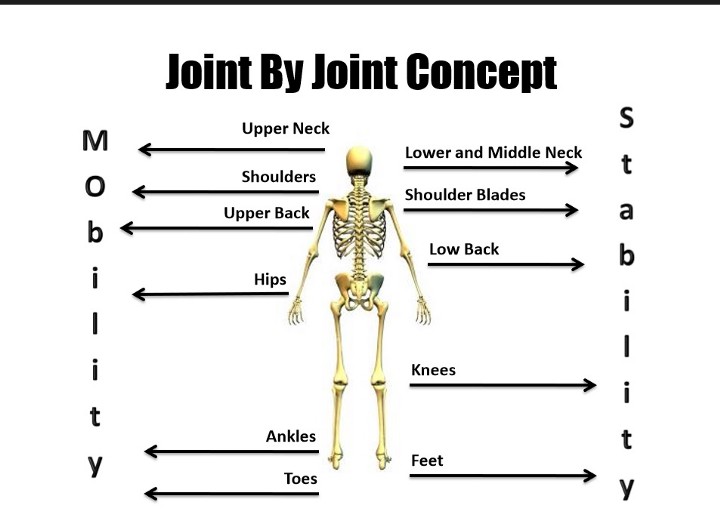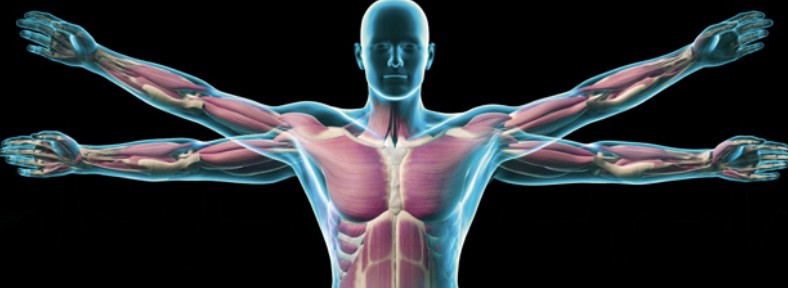Movement Flows For Everyone…Yes, Everyone.

When you walk into a gym, don’t just start jumping around, picking things up, putting them down, pressing and pulling stuff. You gotta ease into it. Think of your neuro and muscle systems as a sleeping cat. If you try to make it active without letting them stretch and warm up, they’re going to get frantic and run around crazily, probably scratch you, maybe bite you. It could be horrible. This is how your muscles and brain are going to be if you don’t prepare them! Ok, maybe a little dramatic but you get the point.
When my clients come in, we start gently. Get on a bike or rower, ride for 2–5 minutes. I generally don’t even like jogging because it can be a little jarring to the body. We want to get your mind and body ready for the training coming up. After we’ve raised your body temperature a couple degrees, generally I like to follow it up with dynamic stretching or “flow”. This flow is what we’re going to go through today. And if you’re just starting out or don’t workout much, these movements could be your workout if you go through them a few times.
We’ll go through a couple flows that my clients do before they crush their workout, but first:

What’s going on? My three areas of strong focus are the hips, shoulders, and thoracic spine. I want to make sure we get them moving, warm up the muscles around the areas, and release synovial fluid in the joints. We’re going to move the limbs, challenge the ranges of motion but we’re not going to look to increase ranges of motion right now. We only want to hold the stretches for a few seconds at first and then sometimes progress to more of a flow with no hesitations at the stretches at all.
Why these areas? These are what’s known as our mobile parts of the body. If you see the picture above, our body’s joints go in a sequence of mobile and stable. These areas should be able to move. If they can’t, then areas of our body that AREN’T supposed to move, like the lumbar spine are going to try to pick up the slack. That’s when we get injuries.
Why not static stretching? When I say static stretching I’m talking about a stretch that would be held for anywhere between 30 seconds to 2 minutes. There is indeed a place for this, just not BEFORE we are about to run, jump, lift, push, pull. Research says that by doing this, we’re telling the body to rest. We want to go the other way. So, yes save static stretching for after the workout or while you’re watching TV.
Now for the science. According to a recent study published in The Journal of Strength and Conditioning Research, engaging in passive static stretching prior to lifting weights could make you feel weaker and less stable during your workout.
The researchers concluded that such stretching should be avoided prior to strength training, noting that the passive stretches may have impaired strength because of joint instability.
A second study, a meta-analysis of over 100 studies, likewise revealed that pre-exercise static stretching generally hurts rather than helps your athletic performance. Researchers noted:
“ … the usage of SS [static stretching] as the sole activity during warm-up routine should generally be avoided.”
Static stretching, they revealed:
- Reduces muscle strength by nearly 5.5% (and more when a stretch is held for 90 seconds or more)
- Cuts muscle power by 2%
- Reduces explosive muscular performance by nearly 3%
And even more interesting to me, research shows that it actually decreases the blood flow within your tissue creating localized ischemia (a restriction in blood supply) and lactic acid buildup. This can potentially cause irritation or injury of local muscular, tendinous, lymphatic, and neural tissues.
Floor Mobility Flow — Love this one, lots going on here. Full body stretch.
With these movements you’re going from opening up the t-spine and then straight into shoulder and wrist rotations. Next we’re going to stretch the hamstrings and then ankle rotations. If you’re doing a workout, you only need to do this once on each side. But you could also make this a little workout and do three times on each side. Generally I do between 4–8 repetitions of all the movements depending on time and the person.
Standing Mobility Flow
Love this little flow too. Go from opening the hips, right into t-spine, and then hamstring stretch. Lastly we do a glute activation standing on one leg and stretching out your arms in front of you and extending your leg behind you.
These are meant to be a transition from civilian life to gym life. Get your body and brain in the mindset of training. In the same sense, we want them to be mindless. We want to save the brian cells and muscle fibers for the workout, no need to waist them too much during the warm up.







Responses